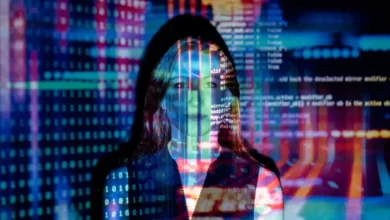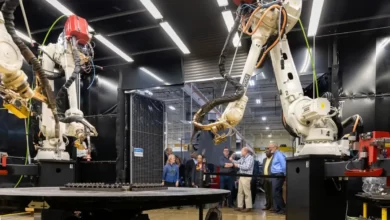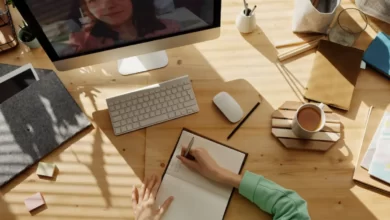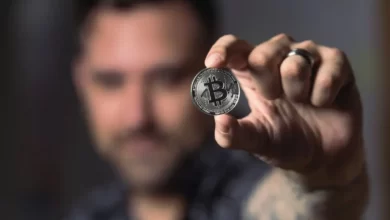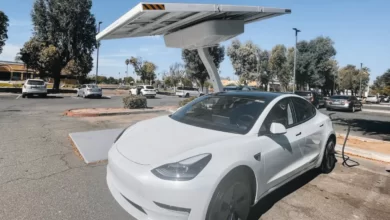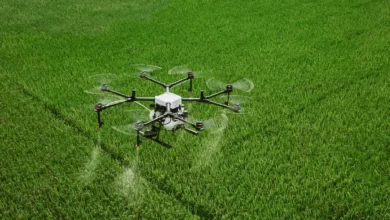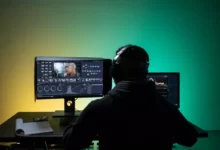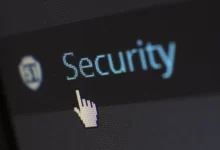The Future of Virtual Reality in Education: Interactive Learning Environments
In the ever-evolving landscape of education, virtual reality (VR) has emerged as a revolutionary tool that is reshaping the way we learn and teach. With the advent of virtual learning, the boundaries of traditional education are being pushed, allowing students to immerse themselves in interactive learning environments that were once only imaginable in the pages of science fiction. This article explores the exciting possibilities and potential of virtual reality in education, shedding light on how this technology is transforming classrooms across the globe.
Virtual Learning: Beyond the Classroom Walls
The COVID-19 pandemic accelerated the adoption of virtual learning, forcing educators and students to explore alternative ways of teaching and learning. This sudden shift highlighted the need for more engaging and effective online education tools, and VR stepped up to the plate.
1. Immersive Learning Experiences
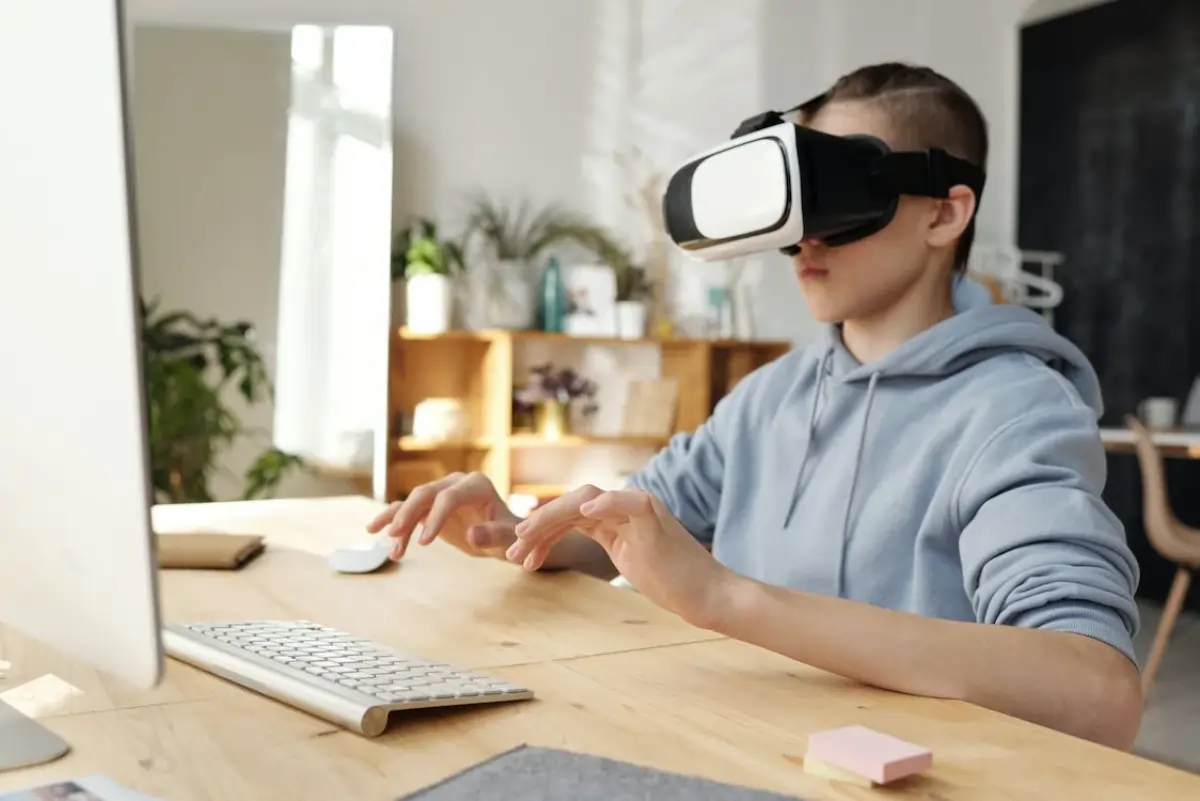
One of the key advantages of virtual reality in education is its ability to provide immersive learning experiences. Students can step into historical events, walk through the human body, or explore far-off planets—all from the comfort of their own homes. This level of immersion makes learning not only more engaging but also more memorable.
2. Personalized Learning
Virtual reality allows for personalized learning experiences. Educational content can be tailored to suit individual learning styles and paces. This adaptive approach ensures that students receive the support they need, leading to better outcomes.
3. Breaking Down Geographical Barriers
Virtual learning has the power to transcend geographical boundaries. Students can connect with educators and peers from around the world, gaining a broader perspective on various subjects and cultures. This globalized approach to education fosters a deeper understanding of the world and its diverse societies.
Virtual Reality in Practice
Let’s take a closer look at how virtual reality is being applied in real-world educational scenarios.
1. Medical Education
In the field of medicine, VR is revolutionizing the way students and practitioners learn. Medical students can now practice surgeries in a risk-free environment, improving their skills and confidence before entering the operating room.
2. Engineering and Architecture
Engineering and architecture students can use VR to visualize complex structures and systems. This hands-on approach allows them to grasp difficult concepts with ease.
3. History and Social Sciences
History and social science classes have come to life with VR. Students can step into historical events, visit ancient civilizations, and witness pivotal moments in history firsthand.
4. Language Learning
Learning a new language becomes more immersive with VR. Students can engage in conversations with virtual native speakers, enhancing their language skills and cultural understanding.
Challenges and Considerations
While the potential of virtual reality in education is vast, there are several challenges and considerations to keep in mind:
1. Cost
Implementing VR technology can be expensive. Schools and institutions must invest in the necessary hardware and software, which can be a barrier for some.
2. Content Development
Creating high-quality educational VR content requires time and expertise. Educators need proper training to design effective VR experiences.
3. Accessibility
Not all students have access to VR devices at home, which can create disparities in learning experiences.
4. Health and Safety
Prolonged use of VR can cause discomfort or health issues in some individuals. Proper guidelines and breaks are essential.
The Road Ahead
The future of virtual reality in education is undeniably bright. As technology continues to advance, VR will become more accessible and affordable, allowing a broader range of educational institutions to adopt it. The development of collaborative VR environments will also foster teamwork and social interaction, vital skills for the 21st century.
Conclusion
Virtual reality is poised to redefine the way we learn and teach. It offers immersive, personalized, and boundary-breaking educational experiences. While there are challenges to overcome, the potential benefits for students and educators alike make virtual reality in education a thrilling frontier to explore.
As the lines between the physical and virtual worlds blur, the future of education is looking more exciting than ever. Virtual learning is not just a trend; it’s a transformative force that will shape the classrooms of tomorrow. Embracing this technology today will prepare students for the challenges and opportunities of the future, creating a more dynamic and engaging learning environment for all.


